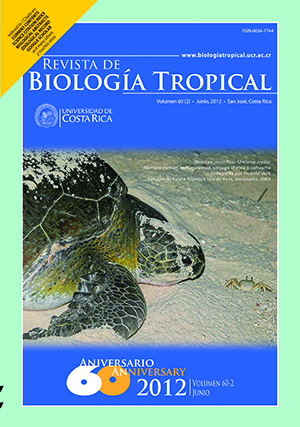Abstract
Different groups of microorganisms are present in mangrove areas, and they perform complex interactions for nutrient and ecological balances. Since little is known about microbial populations in mangroves, this study analyzed the microbial community structure and function in relation to soil physico-chemical properties in Bhitarkanika, a tropical mangrove ecosystem in India. Spatial and seasonal fluctuations of thirteen important groups of microorganisms were evaluated from the mangrove forest sediments during different seasons, along with soil physico-chemical parameters. The overall microbial load (x105cfu/g soil) in soil declined in the order of heterotrophic, free living N2 fixing, Gram-negative nitrifying, sulphur oxidizing, Gram-positive, spore form- ing, denitrifying, anaerobic, phosphate solubilizing, cellulose degrading bacteria, fungi and actinomycetes. Populations of the heterotrophic, phosphate solubilizing, sulphur oxidizing bacteria and fungi were more represented in the rainy season, while, Gram-negative, Gram-positive, nitrifying, denitrifying, cellulose decomposing bacteria and actinomycetes in the winter season. The pool size of most of other microbes either declined or maintained throughout the season. Soil nutrients such as N, P, K (Kg/ha) and total C (%) contents were higher in the rainy season and they did not follow any common trend of changes throughout the study period. Soil pH and salinity (mS/cm) varied from 6-8 and 6.4-19.5, respectively, and they normally affected the microbial population dynamics. Determination of bacterial diversity in Bhitarkanika mangrove soil by culture method showed the predominance of bacterial genera such as Bacillus, Pseudomonas, Desulfotomaculum, Desulfovibrio, Desulfomonas, Methylococcus, Vibrio, Micrococcus, Klebsiella and Azotobacter. Principal component analysis (PCA) revealed a correlation among local environmental variables with the sampling locations on the microbial community in the mangrove soil.Comments

This work is licensed under a Creative Commons Attribution 4.0 International License.
Copyright (c) 2012 Revista de Biología Tropical
Downloads
Download data is not yet available.






